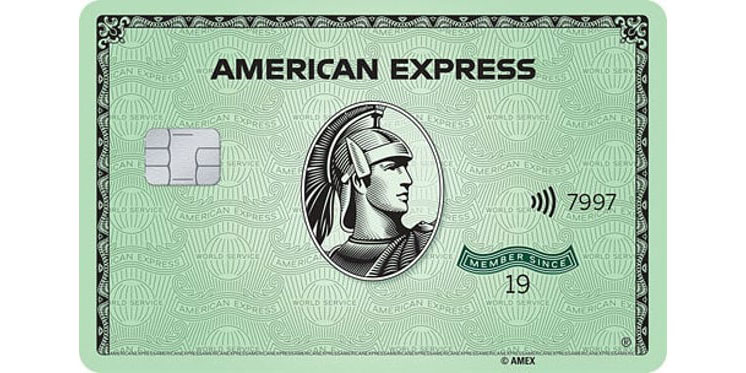Explain in Detail: How to Lower Student Loan Payments
Introduction
The burden of student loan debt is becoming increasingly difficult to bear for many students and graduates. With the cost of education rising each year, it can be hard to keep up with payments while still having money to spend on other necessary items. Fortunately, there are ways to lower your student loan payments and make them more manageable.
Understand Your Loan Details
When faced with the daunting task of lowering their student loan payments, many borrowers take a haphazard approach and attempt to reduce their payments without understanding their loan details. Understanding your loan terms is important before deciding how to lower your payments. Look at your loan type (federal or private), the interest rate, repayment term, and the total amount owed. This information will help you devise a plan for reducing your monthly payment.

Consolidate Your Loans
One way to lower your overall student loan payment is by consolidating all of your loans into one single debt. This can be done through the federal Direct Consolidation Loan program for federal loans. This process allows borrowers to combine multiple federal loans into one loan with a single monthly payment. It also allows you to extend your repayment term, which could reduce your monthly payments.
Apply for an Income-Driven Repayment Plan
Income-driven repayment (IDR) plans are designed to make student loan repayment more affordable by basing your monthly payments on a percentage of your discretionary income. There are several IDR plans available, such as Income Based Repayment (IBR), Pay As You Earn (PAYE), Revised Pay As You Earn (REPAYE), and other plans for specific types of loans like Parent PLUS Loans or Perkins Loans. You must demonstrate a partial financial hardship to qualify for an IDR plan.
Consider Refinancing
Refinancing is another option for borrowers who want to lower their student loan payments. When you refinance your loans, you'll take out a new loan to pay off your existing loans and replace them with a single loan with a new interest rate and repayment term. Depending on the terms of the refinanced loan, this could reduce your monthly payment by lowering your interest rate or extending your repayment timeline.
Make Lump-Sum Payments
If you can make lump-sum payments towards your student loans, this can lower both your total amount owed and your monthly payments. Each time you make a lump-sum payment, your loan balance will be reduced, and your average daily balance will decrease, resulting in lower monthly payments.
Look for Loan Forgiveness Programs
The final option to consider is applying for a loan forgiveness program. These programs are available for certain borrowers, such as those working in public service or those with disabilities. If you qualify for one of these programs, it could reduce or even eliminate the amount you owe on your student loans.
Lower Student Loan Payments Importance
Lower student loan payments are a critical way to reduce the financial burden of college. College tuition continues to rise yearly, making it difficult for many students and their families to afford it. Lowering the amount owed on student loans can significantly affect someone's financial situation.
When students have lower student loan payments, they can focus more on other aspects of life, such as starting a career or furthering their education. A reduced monthly payment makes them less financially stressed and gives them some breathing room when unexpected bills come up. Additionally, borrowers with lower payments will be able to start saving money early on in their life which can help immensely during retirement.
Not only does having lower student loan payments benefit an individual financially, but it can also improve their credit score. A lower payment means the borrower has a better chance of making timely payments and keeping up with their debt. This is important because having a good credit score opens up more opportunities when buying a car or house in the future.
Lastly, lower student loan payments are also beneficial for taxpayers since they don't have to pay for borrowers who cannot afford their loans due to high-interest rates. By reducing the amount owed on student loans, fewer people will default on them, which saves the government lots of money in defaulted loan collections.
Overall, by lowering student loan payments, borrowers can save hundreds if not thousands of dollars over time while improving their financial situation and credit score. This is important for individuals and taxpayers as it allows debtors to manage their finances better while saving the government money in defaulted loan collections. It is a win-win solution!

Conclusion
While student loan debt can be overwhelming, there are ways to make it more manageable. By taking advantage of various options such as income-driven repayment plans, refinancing, consolidation, and making additional payments when possible, you can reduce what you owe and make your monthly payments easier on your wallet. So don't give up hope – some solutions can help. Good luck!








